The Power of Visual Storytelling: How to Use Design to Create Emotion and Connection
Have you ever noticed how a simple image can evoke powerful emotions? From poignant photographs to stunning graphic design, it's clear that visual storytelling has the power to connect with audiences on an emotional level.
As a story writer with experience in creating visuals, I know first-hand just how much impact visual storytelling can have. In this article, we'll explore the truth of this theory and look at some practical ways to use design to create emotion and connection.
My aim here is to provide helpful advice for anyone looking to harness the power of visual storytelling, exploring various techniques such as using hand-drawn illustrations or motion graphics videos.
Finally, together we'll discover why visuals are so important in today's world and how they can help us communicate our ideas more effectively – ultimately achieving tremendous success with whatever project we might be working on! So let's dive right into “The Power of Visual Storytelling“.
Table of Contents
First: The Definition
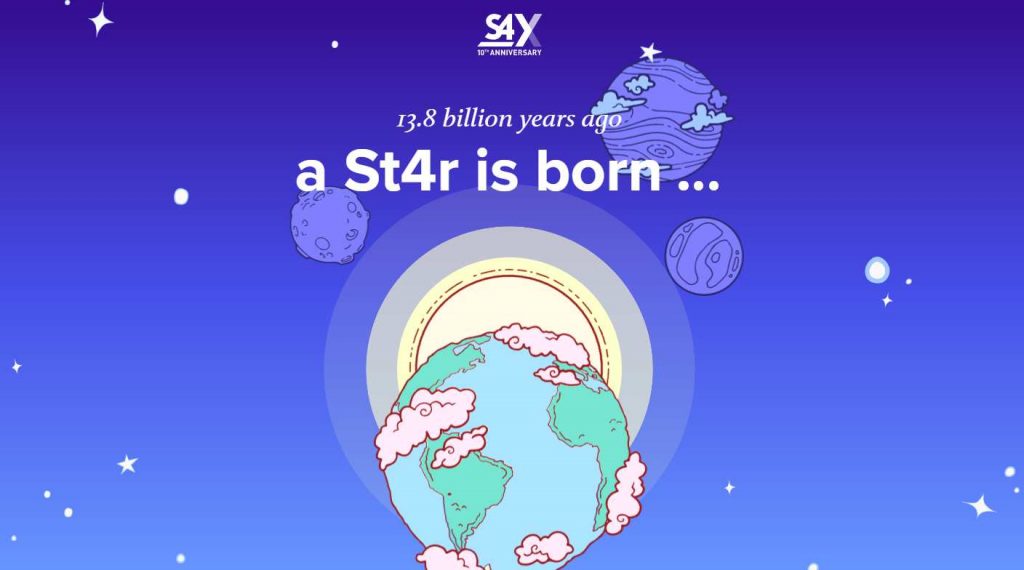
Visual storytelling is a powerful way to engage with audiences. It combines visuals, words and other design elements to create an emotional connection between the audience and the storyteller.
By understanding how visual storytelling works, content strategists can use it to effectively communicate their message and make meaningful connections with their audience. At its core, visual storytelling involves telling stories through images or videos rather than text alone.
Visuals help draw people into a story by creating emotion and communication that words alone cannot provide. They also enable people to connect more deeply with the story because they can see what's happening instead of just hearing about it.
Because visuals are so influential, content strategists must understand how they can be leveraged when crafting stories.
This leads us to our next topic: types of visual storytelling…
Types Of Visual Storytelling
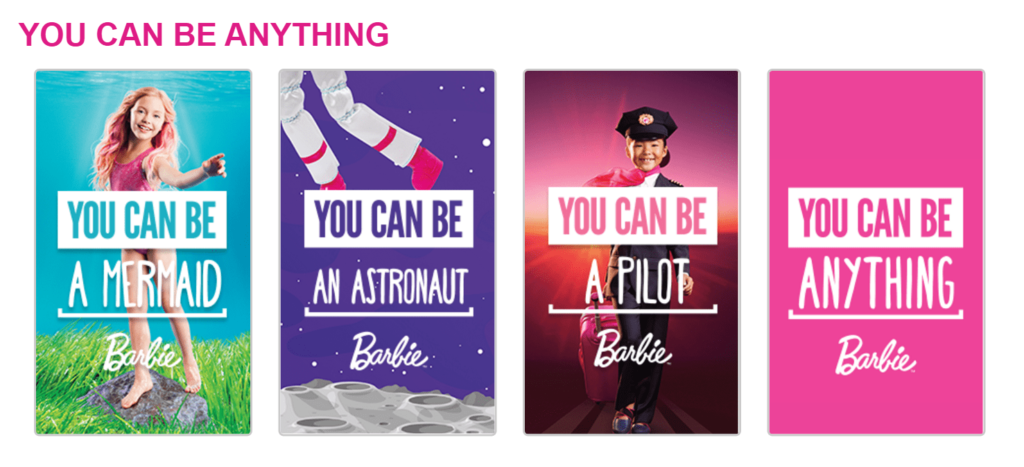
Now that we have defined visual storytelling let's explore some of its various forms. Visual storytelling is incredibly powerful for connecting with your audience and communicating your message.
Here are four types of visual narrative to consider when designing content:
- Photography
- Video Production
- Animation
- Graphic Design
Each medium has a different way of communicating a story or message in ways that words alone cannot achieve.
For example, photography can capture moments in time, while video production lets you tell stories through moving images and audio effects. Animation offers endless possibilities for conveying complex concepts in visually exciting ways, and graphic design allows you to communicate quickly through text and visuals.
With all these options, there's no limit to what kind of narrative you can create! Using creative strategies like colour theory and typography, visual storytelling can evoke emotions and build meaningful connections between audiences and brands.
And by understanding how each type of visual storytelling works, you can craft compelling stories that effectively engage your target audience on multiple levels – from aesthetic appeal to emotional resonance. Taking advantage of this will set you apart from the competition and help you stand out in today's digital landscape.
Now that we've explored the types of visual storytelling available let's focus on exploring the benefits they provide.
Benefits Of Visual Storytelling
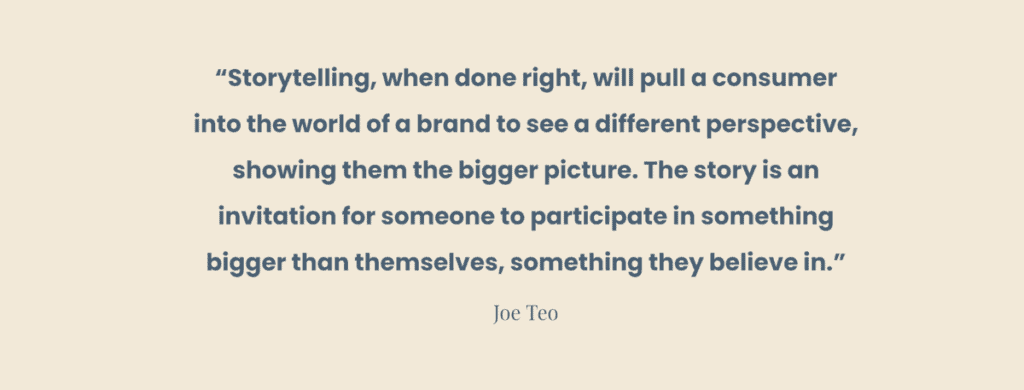
Visual storytelling has become an integral part of web design and content marketing. It allows us to evoke emotion, connect brands and customers, and communicate complex concepts quickly and effectively. There are numerous benefits to using a visual narrative to create meaningful engagement with our audience.
- Engaging: Stimulates interest in the brand or product being presented
- Emotional: Connects viewers on an emotional level which can increase loyalty to the brand or product
- Uniquely captivating: Captures attention more than words alone by inspiring curiosity and imagination in the viewer
The power of visuals goes beyond just making something look nice – it's about communicating meaningfully through images that connect with people on deeper levels. Visual storytelling helps break down barriers, allowing us to tap into users' subconscious desires for innovation. We can tell stories that challenge conventions, uncover new perspectives, and help companies stand out.
By utilising colour psychology alongside other visual storytelling elements, such as typography and imagery, we gain even greater control over how audiences perceive our message. Through the thoughtful implementation of colour choices, we can influence mood, invoke emotion, attract attention, and set tone — all essential components for successful communication strategies.
Colour Psychology
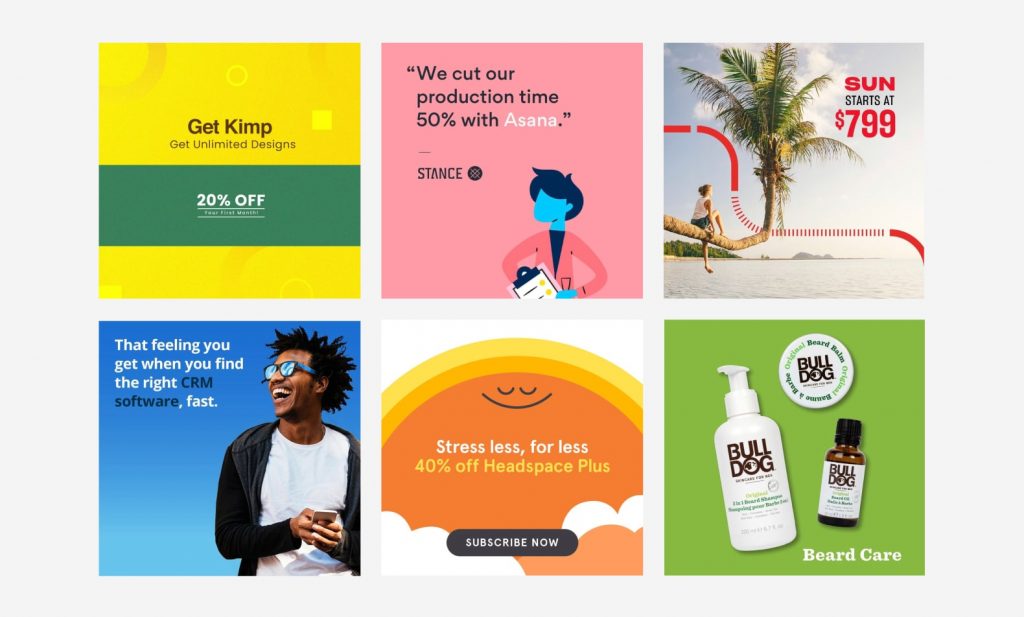
Colour plays an integral role in visual storytelling and can evoke emotions and create connections with your audience.
First, look at how different colours can impact how people perceive a particular image or message.
Red is associated with energy, passion and excitement, while blue often connotes trustworthiness and dependability. Yellow suggests optimism and cheerfulness, green stands for health and growth, purple conveys luxury and sophistication, orange indicates enthusiasm and playfulness – the list goes on!
Understanding how different hues make people feel makes crafting stories that speak more directly to their values easier.
It's also important to consider what kind of effect various shades have when paired. When two contrasting colours are put side by side (e.g., red + green), they stand out – perfect if you want to draw attention towards something specific within the scene.
On the other hand, using analogous colours next to each other (e.g., yellow + orange) will give a much softer look – this might be ideal if you're looking for overall harmony rather than contrast. Playing with different palettes can bring vibrancy into your story without detaining its core narrative.
Now that we've discussed the power of colour psychology in visual storytelling let's explore how images can add even more depth and emotion to our narratives.
Power Of Images
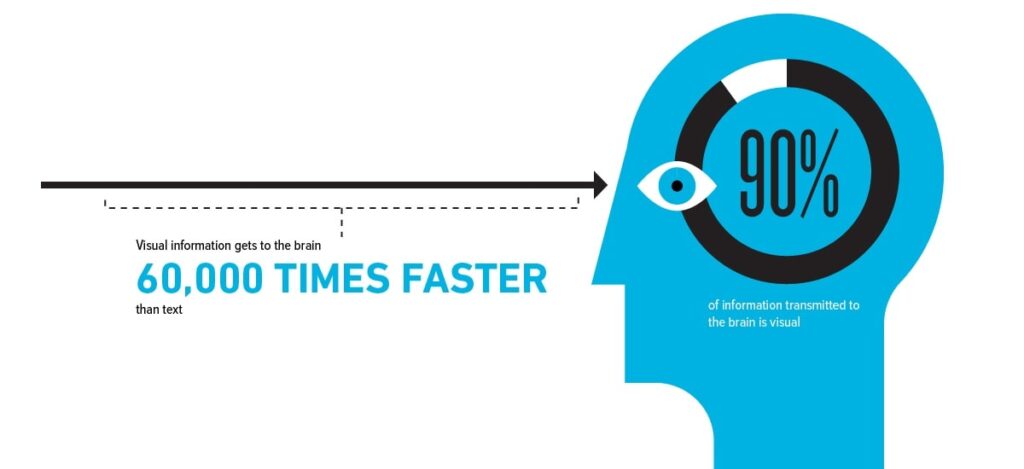
Images are compelling when it comes to visual storytelling. They can create an emotional connection with the viewer, evoke a feeling of empathy, or even inspire action.
Images can also make us think differently about something and give us a new perspective.
The right image can draw attention to an element of your story that you want to emphasise, like a particular character or scene in a movie.
Similarly, using images strategically throughout your design will help keep viewers engaged by adding context and depth to your message. With careful selection and placement of visuals, your content marketing strategy becomes more compelling and memorable for those who experience it.
Whether you're designing graphics for print or digital platforms, there are many ways to use imagery effectively within your visual storytelling efforts. Think carefully about how each image contributes to the piece's overall narrative structure and purpose; this will capture people's attention and lead them through the journey you've created.
Writing For Visuals

It's no secret that visuals are a powerful way to engage an audience. Using symbolism and visual storytelling, we can evoke emotion in our viewers and create meaningful connections between them and the stories we tell. Even though my primary medium is via words (story writing), I know very well that it is vital to understand how to write effectively for visuals.
The first step is understanding how to craft compelling messages that grab people's attention. This means writing copy with a solid emotional core that speaks directly to your target audience's desires.
It also means using words that convey vivid imagery and draw readers into the setting of the story you're trying to tell. By being creative with language, you can capture peoples' imaginations more efficiently than simply stating facts or using dry phrases.
Another critical element of compelling visual storytelling is ensuring your message stands out from all the other images on the screen. To do this, consider including typography as part of your design elements – not just as text but as intangibles like fonts, colours, layout, etc. These choices should be made intentionally, so they reinforce your message while adding another layer of meaning.
With thoughtful consideration of these elements, you can create visuals that stand out from the crowd and genuinely captivate viewers.
Use Of Typography
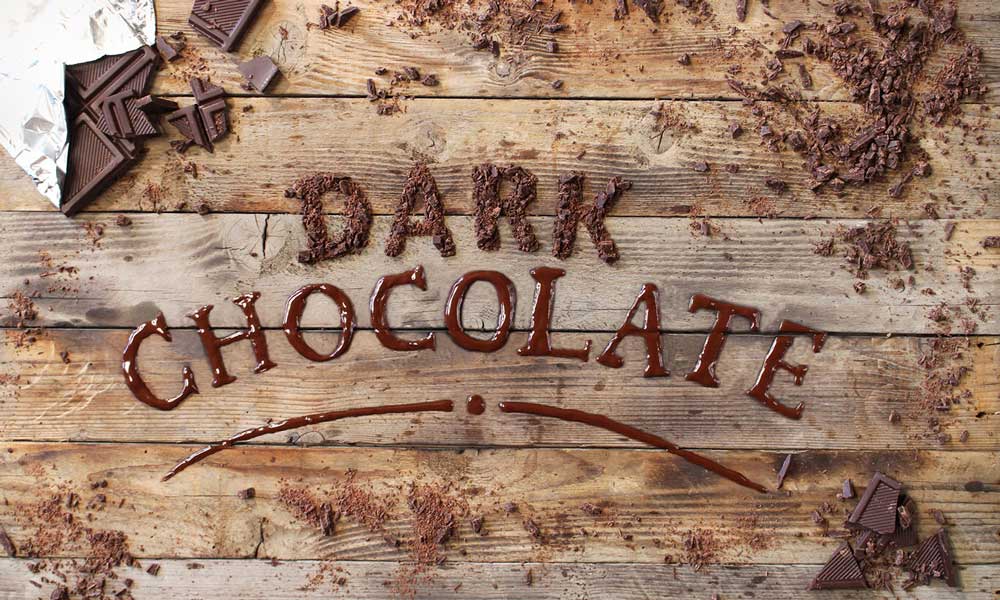
Typography is a potent tool, also. It can be used to evoke emotion and create a connection with your audience. You can make a strong sense of hierarchy and purpose in your visuals by carefully choosing fonts, typefaces, sizes, weights, and colours.
When using typography in visual storytelling, the goal should always be to ensure that the text plays an integral role in conveying the message. The right font choice can help drive home the point or provoke thought without distracting from other elements such as imagery or video.
For example, if you create a corporate presentation for a leadership team meeting, selecting a bold sans-serif font will ensure that critical points stand out more than minor details.
The use of white space is also essential when utilising typography within visual stories – this helps draw attention to specific words while adding balance to any design project.
Additionally, by understanding how people respond differently to various combinations of types, styles, sizes, and colours, you can further enhance how successful your story becomes overall.
With thoughtful consideration given to each element of typography in visual stories, readers will become engaged with visual content, leading them towards better comprehension and ultimately inspiring action on their part.
Incorporating Movement

Ironically, movement is so often overlooked when it comes to visual storytelling. After all, the power of motion can be a powerful tool for conveying emotion and connection. Here are some fundamental techniques to consider when incorporating movement into your visual stories:
- Using slow or fast transitions between images to create a distinct mood
- Experimenting with animations for enhanced impact on viewers' emotions
- Combining subtle motions such as zooming in/out or panning across an image to draw attention to specific elements
- Enhancing visuals with sound effects for added effect
By understanding how the different types of movements work together, you can craft visual stories that capture the attention of your target audience.
Combining Audio And Visuals
Audio and visual elements can be a powerful combination when creating visual stories. Combining the two allows us to create an emotional connection that engages our audience deeper than just images or audio alone.
Sound effects enhance some aspects of a story and draw attention to specific moments when used correctly.
Music also plays a significant role in adding emotion and atmosphere to any given scene, while dialogue helps bring characters to life.
Combined with visuals, these become much more impactful; together, they create a captivating experience that resonates deeply with viewers.
For this tool to work effectively, though, it must be done carefully. Poorly chosen audio will make your visual storytelling ineffective. So it's important to select music and sounds that complement each other and not take away from the core message you're trying to communicate.
With thoughtful consideration, audio and visual elements can come together as one cohesive package – ultimately driving home your desired result: an emotionally connected viewer who is moved by your story!
Creating Authenticity
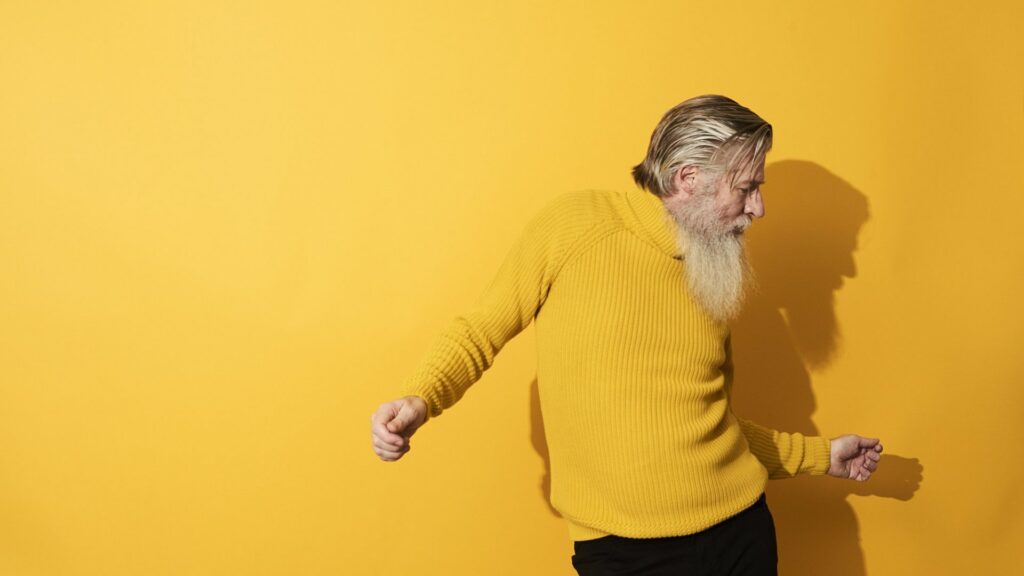
Another powerful impact is authenticity. It's essential to create an emotional connection with the audience that feels real and true. With a few strategic elements, we can tap into their subconscious desire for innovation and forge influential relationships.
First, using real-world scenarios' visuals helps us form trust between our brand and the viewer.
By showcasing people in natural settings doing everyday activities, viewers are more likely to connect emotionally. For example, showing a family gathered around the dinner table or friends laughing together establishes comfortability and relatability for viewers.
In addition, incorporating unique perspectives gives your visual stories more depth and intrigue. When you capture different angles of subjects within a scene–such as shooting from below instead of above–you evoke curiosity in viewers by creating tension in what's on screen. This encourages them to stay engaged as they follow your story arc.
Lastly, leveraging design techniques like colour analysis adds another layer of legitimacy to your visual stories while capturing attention quickly.
The colour theory allows us to tell stories through hues alone—from warm tones conveying happiness to cool colours representing peacefulness—so viewers instantly understand the feelings behind each image without having to read any text first. And by choosing colours associated with specific emotions, you further establish credibility for your message, so audiences know it feels genuine.
As technology continues evolving at breakneck speed, we must keep up with new trends if we want our stories to resonate effectively with viewers…
Leveraging Technology
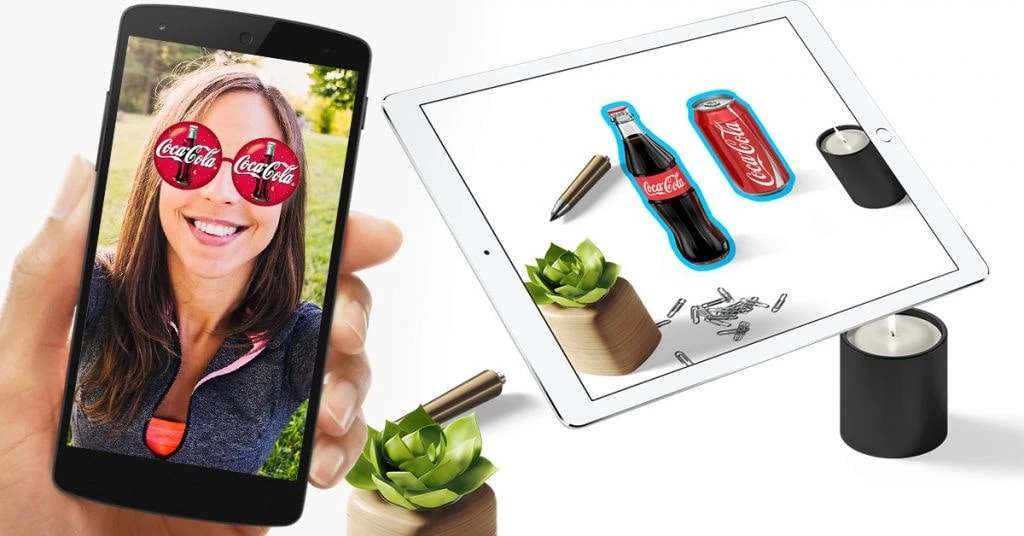
Now, let's move on to leveraging technology. Technology provides a unique opportunity to reach more people and craft engaging stories that make an impact. As content creators with visual storytelling experience, we must be able to navigate the ever-evolving landscape of digital platforms and design tools to create meaningful connections between messages and audiences.
In this section, I will primarily focus on how modern technologies can enhance our visuals, so they resonate emotionally with viewers. In particular, I'll explore the use of augmented reality (AR) and virtual reality (VR). AR is great for creating immersive experiences that draw users into your story or brand message; it has been used successfully by many brands for product launches, sales promotions, etc. Similarly, VR allows you to transport viewers right into the heart of your story – perfect for showcasing lifestyles associated with products or services.
No matter what tech tool you choose to leverage, there are certain best practices to remember, such as ensuring accessibility across all devices and utilising user data when possible.
By following these guidelines while staying up-to-date on industry trends, we can ensure that our visual stories have maximum impact and lasting appeal.
Design Tools To Use
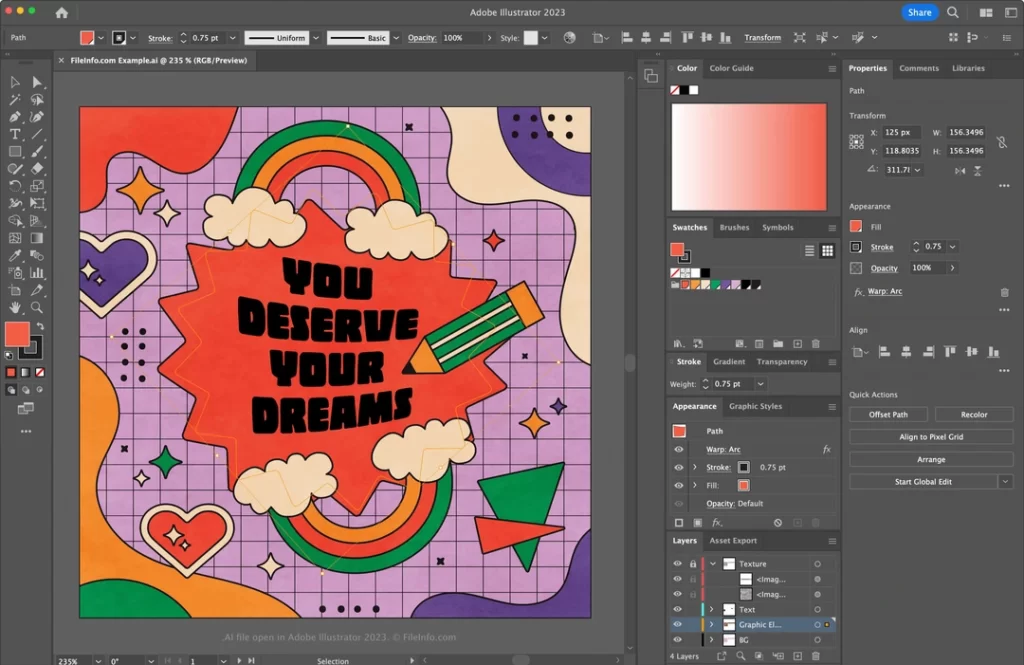
Regarding visual storytelling, the right design tools can make a huge impact. To create emotion and connection with your audience, you must capture their attention quickly and effectively. Here are some of my favourite design tools that I use when creating visuals:
- Adobe CC: Creative Cloud Suite
- Canva: Easy drag-and-drop editor for graphics
- Unsplash: Free library of stunning stock photos
Adobe Creative Cloud is a fantastic software program suite that allows me to do everything from editing videos and manipulating images to designing 3D graphics. It's incredibly versatile and gives me complete control over how my final product looks.
With Canva, I can easily create beautiful designs in minutes with its drag-and-drop editor – perfect for when you don't have much time but want something eye-catching and better than a stock image.
And lastly, Unsplash has become one of my go-to resources for finding great-quality stock photos whenever I need them. Their vast library is filled with gorgeous photos that can be used in any visual style without worrying about copyright issues.
These three design tools give me all the components I need to craft compelling visual designs that captivate viewers and help communicate my message clearly while evoking emotion.
And lastly, another tool I have yet to mention that I use for outlining my written stories is an outlining tool called Plottr. While its primary audience is writers, it's undoubtedly helpful in planning and creating your overall message concerning visual storytelling.
Crafting A Narrative Arc
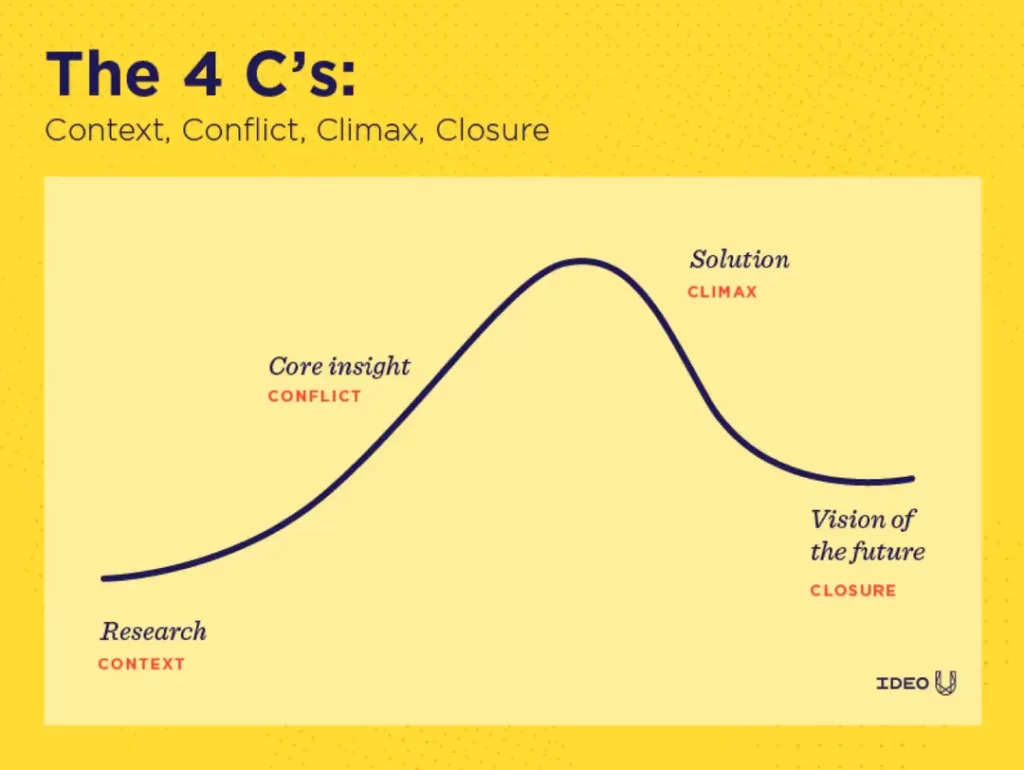
Now that we've explored the design tools available let's delve into crafting a narrative arc.
Creating an emotional and powerful story is not just about stringing together images—it's about developing an engaging plot with a clear beginning, middle, and end.
A successful narrative arc combines imagery to build a storyline from start to finish. This can be achieved by using different elements of composition, such as colour, texture, size, framing, lighting and sound effects.
For example: if you want your audience to feel energised by the conclusion of your visual story, then begin with muted tones before transitioning to vibrant colours in each frame. As your visuals become more complex, this will help evoke emotion while propelling the story towards its climax.
Once viewers reach the finale, they should experience a feeling of satisfaction due to being taken on an exciting journey with memorable visuals.
Measurement And Evaluation Strategies
Measuring a visual storytelling project's success requires understanding how to evaluate its effectiveness. It's essential to consider tangible and intangible metrics when assessing if it has made a difference in your desired outcomes. To begin, let's look at ways we can measure our efforts.
The first metric is reach – which optimally looks at views, shares, likes or impressions from viewers who have seen the message you were trying to convey. Tracking this information will help determine what resonated with those exposed and give insights into how compelling the visuals were in exquisite attention and inspiring action.
Additionally, engagement rates can be measured by looking at comments, downloads and interactions on social media platforms and websites associated with the campaign.
Evaluation can also include qualitative feedback such as surveys or interviews with customers/clients/partners about their experience viewing the content created for them. This data type allows us to gain further insight into why people are connecting with (or not connecting) each element individually or collectively as part of a larger story arc.
By taking all these measurements together, we gain a more holistic view of whether our communication goals are being achieved through visual storytelling strategies.
Put It All Together: How To Apply Visual Storytelling
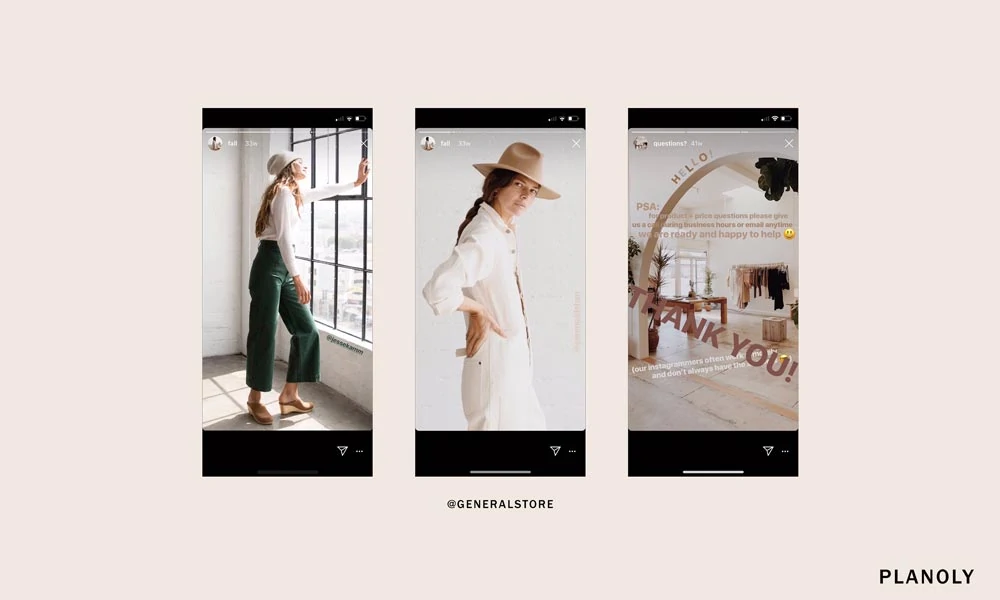
Now that we've discussed the importance of measurement and evaluation strategies in visual storytelling, it's time to learn how to apply them! Visual storytelling is about making an emotional connection with your audience through visuals. Delivering the right message requires creativity, technical know-how, and strategic thinking. Everything we've discussed above!
The first step is understanding what content will resonate with your target audience. This can be done by conducting market research or user testing to understand their needs and preferences.
Once you have insight into who they are and what they want, creating visuals that align with their interests and values is crucial. That way, when people see your visuals, they'll feel like you “get” them – which helps build trust and loyalty over time.
Then comes the implementation phase, where you must think about composition, colour palette, typography, lighting etc., and other elements such as animation or video if required.
Remember that each element should work together harmoniously for maximum impact; this means staying consistent across platforms. As part of this process, ensure accessibility standards are met so everyone has access to your story regardless of any physical disabilities they might have.
Finally, remember post-launch analysis: measure success against key performance indicators (KPIs). Track user engagement with analytics tools like Google Analytics or Adobe Experience Cloud – these provide valuable data on page views, clicks throughs etc., that can help inform future decisions around visual storytelling campaigns.
With careful planning and ongoing optimisation based on KPIs, you will soon create emotionally powerful stories that connect with people!
Conclusion
I hope you understand the power of visuals to create emotion and connection. Visuals can be used to tell stories that engage audiences emotionally, making them more likely to recall your message long after seeing it.
By leveraging the right tools for your project, understanding how best to use visuals effectively and ensuring accessibility across all platforms, you can ensure your story stands out from the competition.
Creating meaningful connections through visual storytelling requires time and dedication; however, when done correctly, it can move people emotionally and leave a lasting impression for years!
